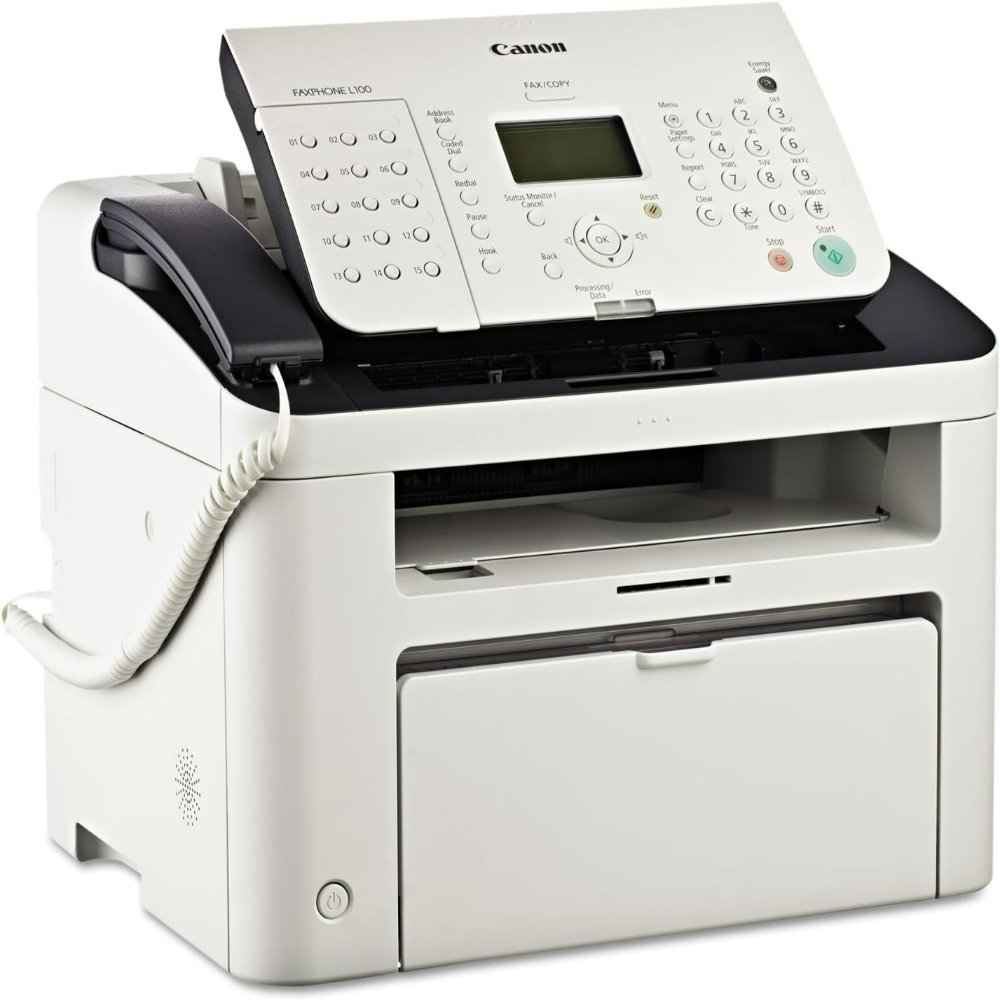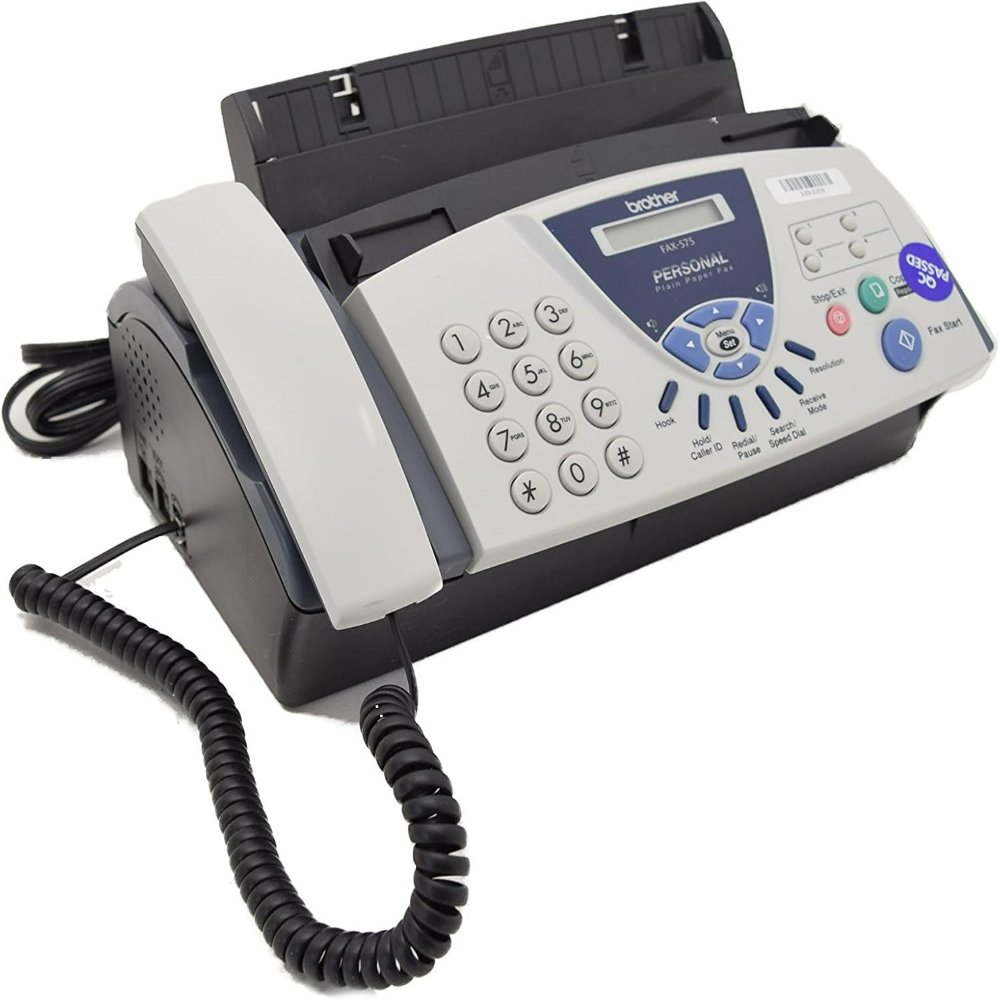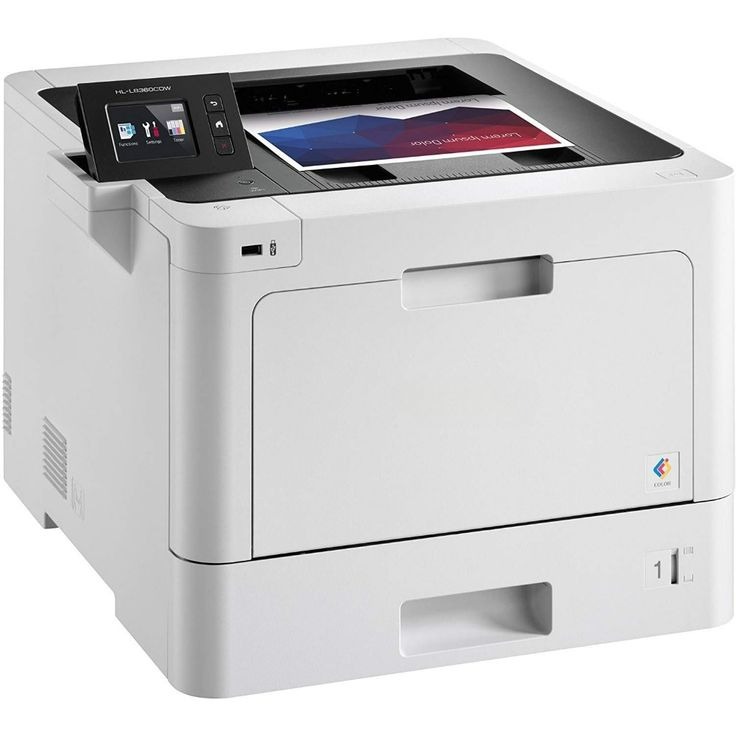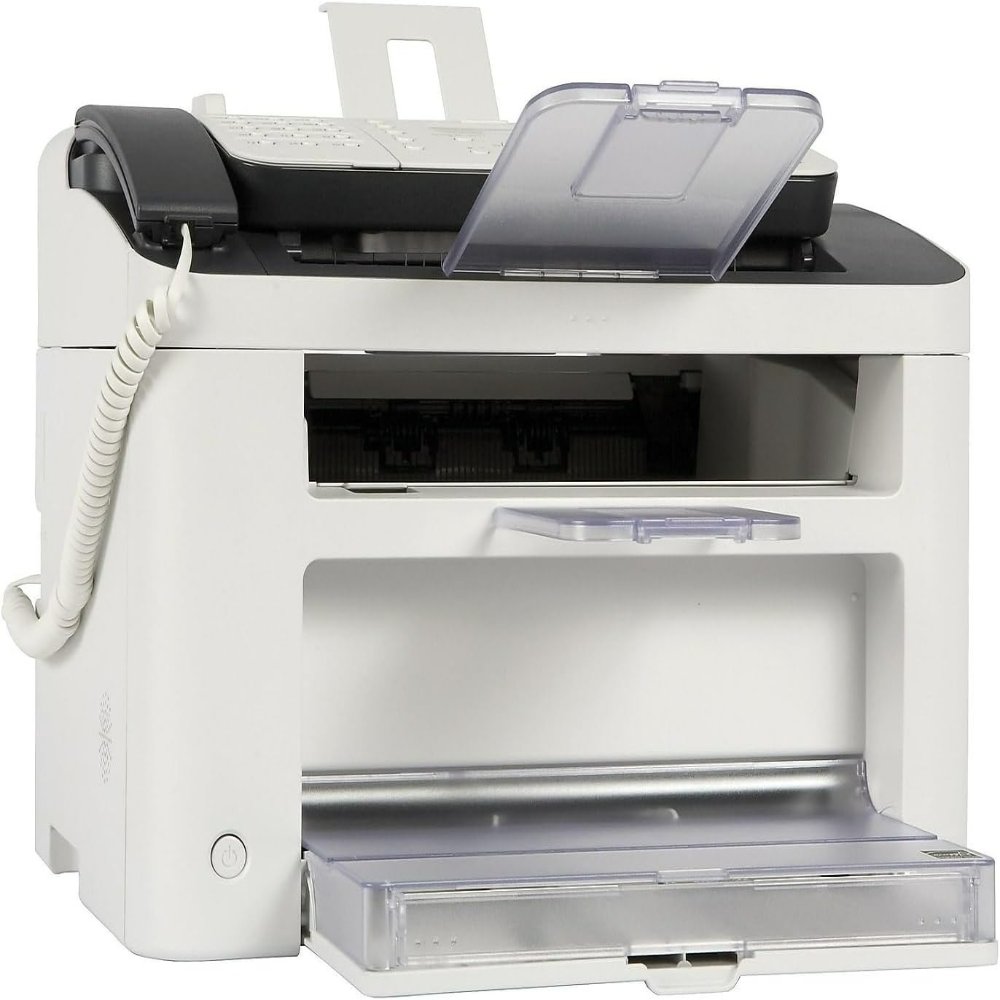The Birth of the Fax Machine: Origins and Inventors
The story of the first fax machine begins with a burst of innovation. In the 1840s, a Scottish mechanic named Alexander Bain filed a patent for what many consider the precursor to the modern fax machine. He devised a system that could reproduce graphic signs in telegraphy. The invention depended on synchronized pendulums to scan a message on one end and reproduce the image at the other.
Other inventors soon followed Bain’s footsteps, contributing to the development of facsimile technology. Among them, Frederick Bakewell made improvements with his image telegraph. Later, Shelford Bidwell and Elisha Gray each made substantial contributions. Bidwell introduced the concept of scanning a message and then transmitting it line-by-line. Gray’s innovation included transmitting handwriting and drawings over telegraph lines.
It’s critical to acknowledge the collective effort that sparked the evolution of the fax machine. While Bain’s work laid the foundation, it was the continuous enhancements by other inventors that brought the technology to life. These pioneers foresaw a world where documents and drawings could travel across wires, much like voice signals. Their combined efforts forged a new path in communication technology, setting the stage for a future where document transmission knew no borders. The first fax machine grows out of this rich soil of invention and collaboration, transforming the way we think about sending and receiving information.

Early Designs and Mechanisms
Following Alexander Bain’s initial concept, early fax machines were mechanical wonders of their era. Inventors focused on refining the mechanisms to improve the clarity and reliability of transmitted images. They experimented with rotating drums and synchronized pendulum setups. The goal was to perfectly match the scanning movement on the sending end with the receiving end.
Various patents emerged, showcasing diverse methods to capture and transmit images over distances. One common approach involved a stylus that moved over the original document, detecting its shades. These subtle changes in pressure would then modulate electrical signals sent over telegraph wires.
Relay systems were another crucial development, allowing transmissions to cover greater distances. By relaying signals from one point to another, the reach of the fax machine expanded significantly. This was vital in connecting different regions and eventually, different countries.
Innovators improved the chemicals and materials used to receive the transmitted image, which was originally quite faint. Gradually, they developed better printing techniques that made the received facsimiles much clearer. This constant refinement was key to the fax machine’s evolution from a concept to a practical office tool.
Together, these early designs and mechanisms formed the building blocks for modern fax technology. Each step forward reflected a drive to surpass the limitations of previous methods and to turn the dream of instant document transmission into a reality.
The Impact of the Telegraph on Fax Technology
The emergence of fax technology was significantly influenced by the telegraph system. The telegraph, being the first form of electronic communication, laid the groundwork for long-distance data exchange. It operated on the principle of transmitting electrical signals over wires, which could be translated into a message at the receiving end. Here’s how the telegraph facilitated the development of the first fax machine:
- Direct Inspiration: The success of the telegraph demonstrated that information could travel beyond the constraints of physical movement. It inspired inventors like Alexander Bain to consider transferring not just coded messages, but also images and text.
- Transmission Infrastructure: The telegraph provided a network of wires that could be utilized for fax transmission. The extensive web of telegraph lines already connected major cities and even countries, setting the stage for the fax machine to use this existing infrastructure.
- Signal Processing: Telegraph technology involved the conversion of information into electrical signals. This principle was foundational to fax technology as it included not just sending pulses but also the subtle variations needed to convey the shades and details of documents.
- Speed of Delivery: The telegraph showcased the ability to send messages fast over vast distances. Inventors aimed to harness this speed for image and document transmission, moving towards the concept of instantaneous communication.
Through the prism of the telegraph, inventors viewed the possibility of fax machines as an extension to the existing capabilities of electronic communication. While the telegraph bridged the gap for textual communication, the fax machine sought to do the same for documents and drawings. The evolution of fax technology was, in a way, an evolution of the telegraph into a more versatile and visual medium.

Breakthroughs: From Alexander Bain to Modern Fax
The journey from Alexander Bain’s primitive invention to the modern fax machine is marked by numerous breakthroughs. Each phase in this evolution brought us closer to today’s sleek, efficient document transmission tools. Here is a recount of some pivotal moments transforming the first fax machine into its modern counterpart.
- Refinement of Scanning Techniques: Bain’s method of scanning was basic. Over time, inventors honed these techniques. They made them more precise, enabling better replication of the original documents.
- Electrical Signal Enhancement: Early fax machines struggled with signal clarity. Innovators developed ways to sharpen these signals. This allowed for cleaner, more detailed image transmission.
- Invention of the Rotary Drum: A critical innovation was the rotary drum design. It allowed a smooth, continuous scan of documents. This led to faster and more reliable transmissions.
- Automatic Transmission Technologies: Machines evolved to send faxes automatically. This lowered the need for constant human intervention. It was a leap towards the modern fax machine’s convenience.
- Introduction of Digital Technology: As digital tech emerged, fax machines incorporated it. This marked the transition from analogue to digital. Files could now be sent with higher speed and fidelity.
- Integration with Computers: The final transformation for fax technology was its integration with personal computers. It became exceedingly simpler to send documents from one computer to another using fax software.
Through these developments, the first fax machine grew into the digital gadget we recognize today. The collective work of numerous inventors and tinkerers established a new era in communication technology. They turned the fax machine into a vital office tool, equipped to handle the rapid pace of business communication in the modern world.
The Role of Fax Machines in World Wars
During World Wars I and II, the first fax machine evolved into a crucial communication device. Its ability to send documents quickly and over long distances made it a strategic asset. Here are some key points about the fax machine’s role in the war efforts:
- Secure Communications: Military commands required secure lines for their operational plans. Fax machines provided a means to transmit orders and intelligence reports with a reduced risk of interception.
- Speed of Information: As battles moved swiftly, the need for quick information exchange became critical. Fax technology enabled the instant transfer of maps, reconnaissance photos, and updates from the front lines.
- Logistics Coordination: Efficient management of supplies and troop movements was imperative. Fax machines facilitated the rapid coordination of logistical operations across vast distances.
- Diplomatic Exchanges: Diplomats and leaders used fax machines to send urgent communications. This helped maintain political dialogues and contributed to decision-making during the wars.
These utilizations illustrate how the first fax machine was more than just an office invention. It was an indispensable tool for warfare, transforming military communication and aiding in the administrative orchestration of war efforts. The impact of fax technology during times of conflict highlighted its potential and pushed its development even further. The need for reliable and rapid transmission during critical moments solidified the fax machine’s status as a significant advancement in communication technology.

Facsimile Technology in the Digital Age
The digital age brought new life to facsimile technology. As digital tools became widespread, fax machines adapted. They embraced digital advancements to maintain relevance. Here’s how facsimile technology kept pace with modern times:
- Digital Signal Processing: Fax machines began using digital methods to encode and transmit data. This led to sharper images and quicker transmission rates.
- Email Integration: Facsimile tech merged with email. Users could now send and receive faxes directly from their email accounts, making the process more seamless.
- Enhanced Security Protocols: Digital encryption and secure transmission became vital. Modern fax machines offer these to protect sensitive information.
- Internet Fax Services: The internet allowed for online fax services to emerge. These services let users send and receive faxes without a physical fax machine.
- Multifunction Printers: Many printers now come with built-in fax capabilities. This combo reduces space and streamlines office hardware requirements.
- Mobile Faxing Apps: The rise of smartphones led to mobile fax applications. Users can fax documents anywhere, using their phones.
These developments reflect the adaptability of the first fax machine to new technological environments. Facsimile technology has proven resilient, finding its niche even as the world rapidly goes digital. This persistence is driven by the continuous need for reliable document transmission, particularly in sectors like law and healthcare, where official documents require a paper trail.
Fax Machines Today: Obsolescence or Resurgence?
In a world where digital communication is king, many wonder if the first fax machine is headed towards obsolescence. However, despite the rise of email and instant messaging, the fax machine has shown a surprising resilience. The key lies in specific sectors where the secure and legal transmission of documents remains paramount.
Healthcare is one prominent example. Medical practices often rely on fax machines to send patient information. Law firms also continue to use faxing for its legal standing. Many jurisdictions recognize a faxed document as a legal instrument, not yet the case for all digital files.
Moreover, fax machines have seen a resurgence through Internet fax services. These platforms bridge the gap between outdated hardware and the need for digital convenience. They securely transmit faxes over the internet without requiring a physical fax machine. Additionally, with services that offer electronic signatures, faxes remain relevant in signing official documents.
Contrary to predictions, the fax machine has not faded into irrelevance. Instead, it has adapted to the changing landscape. It has survived by becoming part of multifunction printers, appealing to those who seek an all-in-one office solution.
Furthermore, mobile fax applications are on the rise. These apps enable users to send faxes from smartphones, tapping into the growing need for mobile solutions. The persistence of fax machines suggests not an impending obsolescence but rather a resilient adaptation to contemporary needs.
While it may not be at the forefront of everyday communication, the first fax machine’s legacy endures. It’s a testament to the ingenuity of its inventors. It has evolved but still serves a critical function in many areas of modern life. Therefore, while the traditional fax may not be as common, the concept of faxing stays alive and well, merging with modern technology to meet the demands of today’s world.
The Future of Document Transmission
The future of document transmission continues to evolve rapidly. As technology advances, we expect to see groundbreaking changes in how we send and receive documents. Keeping the first fax machine in mind, let’s examine potential developments:
- Cloud-Based Document Exchange: Cloud services will dominate, offering secure, centralized access to documents from anywhere.
- Blockchain for Document Security: Blockchain may provide impeccable security, ensuring that transmitted documents are tamper-proof.
- Artificial Intelligence Integration: AI could enable smarter document handling, customizing transmission based on content analysis.
- Increased Internet of Things (IoT) Connectivity: Devices will communicate more effectively. This could streamline document sharing in a connected world.
- 5G and Beyond: Faster network speeds will mean near-instantaneous document transfer, revolutionizing communication.
- Virtual Reality Document Interaction: We might interact with documents in a 3D virtual space, making collaboration more immersive.
Although fax machines have adapted over time, these predictions show a shift toward more integrated and sophisticated systems. They will likely be easier to use and more secure. However, even with these advancements, the core goal remains: to transfer documents quickly and securely. This goal drives innovation, just as it did with the first fax machine. The future promises to take document transmission to new heights, building on the legacy left by its precursors. Whether it’s an obsolescence or resurgence for the fax machines of old, the underlying concept of how we exchange information stands resilient and ever-growing.
